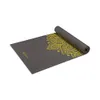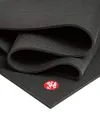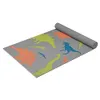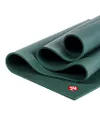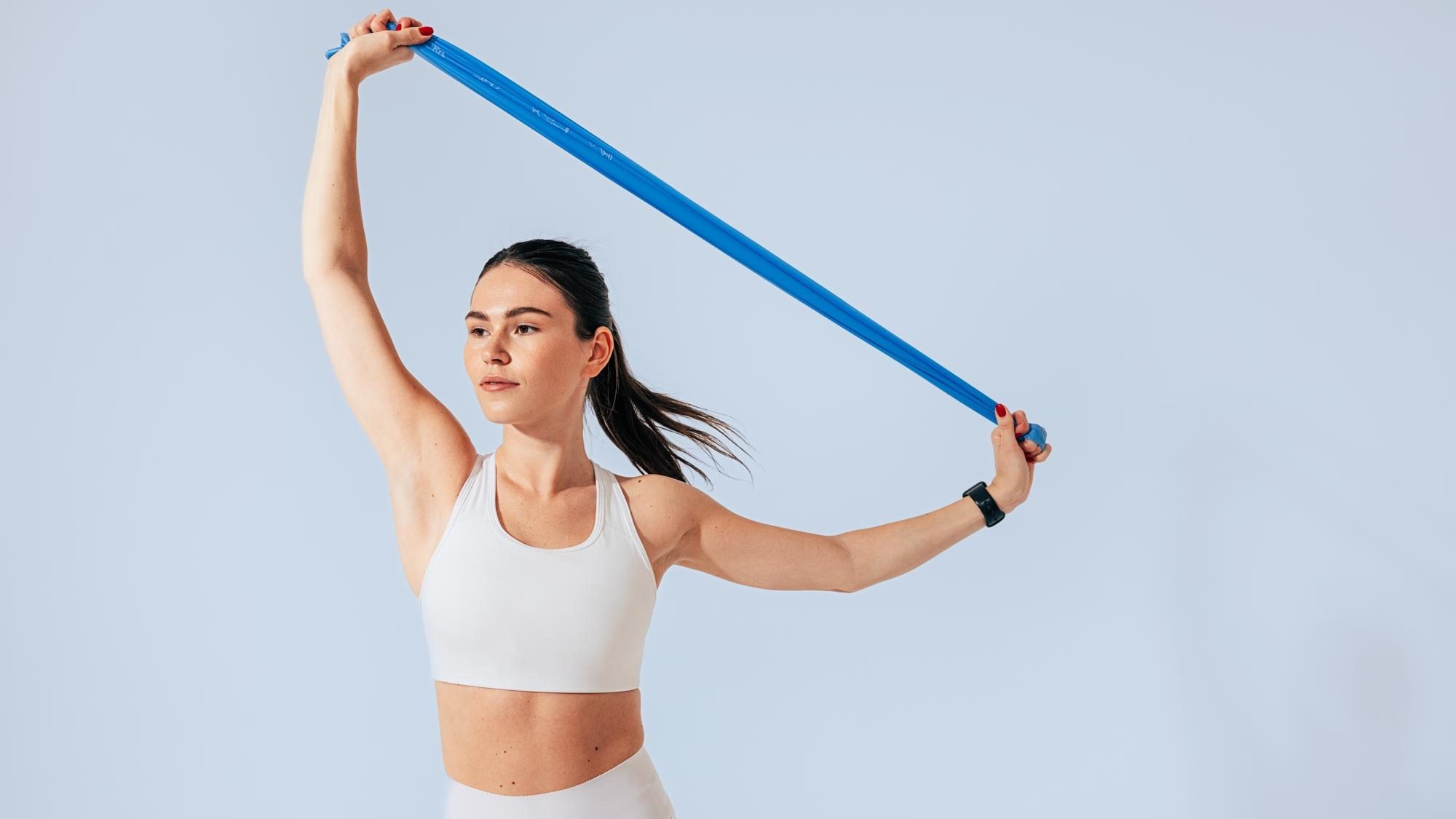
You just need these three exercises to help develop a healthier spine and strengthen your upper body without weights.
To access the full benefits of stretching, I recommend rolling out one of the best yoga mats to support your back and grabbing a resistance band, then check out each exercise below and the routine to follow from home or in the gym.
If you don’t have the time for a full routine, simply pluck these exercises and try adding them to your weekly routine when you have free time in the morning, afternoon, or evening.
What are the 3 upper body stretches?
Here’s how to develop a healthier spine and stronger upper body through stretching. The important thing is to focus on your form, developing an awareness of how your body moves and the muscles you engage, to get the most from the routine.
1. Shoulder dislocations
While the name might sound painful, this exercise is anything but. Dislocations help develop stronger shoulders, mobility and range of motion and make the perfect warm-up exercise before shoulder or upper body workouts.
If I’m ever about to do work on a pull-up bar, this is my go-to exercise for preparing my joints. Start with a wide grip on the band or use a thinner one with less resistance.
Once you begin developing more range, use a thicker band or move your hands closer together. The rotational motion targets the whole shoulder joint, improving blood flow and oxygen delivery to the muscles.
Sign up to get the BEST of Tom's Guide direct to your inbox.
Get instant access to breaking news, the hottest reviews, great deals and helpful tips.
- Stand with your feet hip-width apart and hold a band using an overhand grip
- Lower the band toward your thighs and slightly pull against it to create tension through the band and in your shoulders
- With control, raise the band and slightly shrug your shoulders as you drive the band overhead and behind you, still pulling against the band
- Pause, then reverse the motion as you bring the band overhead again and return to the starting position.
2. Downward-facing dog
The downward dog is a yoga staple known for its full-body benefits. You can perform the posture as a static hold or use its more dynamic expression by peddling the heels to help develop hamstring flexibility.
As part of an upper body routine, focus on slightly pulling your elbows toward each other and wrapping your biceps, activating the shoulders as you draw them down your back.
Performed properly, downward dog stretches your arms, shoulders and upper back and releases tension. As you hold the position, focus on cyclic breathing in and out of your nose.
- Start on your hands and knees in a tabletop position or in a high plank
- Position your hands shoulder-width apart and feet hip-width
- Tuck your toes, lift your knees and send your hips up and back into downward dog
- Press through your hands and draw your heels downward
- Maintain a soft knee bend if you prefer, then send your gaze between your legs
- Draw your shoulders downward and spread your fingers
- Softly draw your belly button toward your spine, lifting the hips as you inhale and pulling your heels down as you exhale.
3. Prone shoulder stretch
The prone shoulder stretch hits the pecs, arms, and anterior deltoids and more widely targets the torso and muscles that support the spine. Tight and overworked chest muscles in combination with weak back muscles can contribute toward bad posture and inhibit exercise performance, so stretching out these areas is crucial for healthy shoulders.
There are several ways to modify the exercise if you struggle. Place your arm closer to your hip to make the stretch feel easier, or bend the elbow and position the working arm at a 90-degree angle to progress it further. The goal is to open your shoulder and chest, so focus on your upper body before flipping the leg.
If this still doesn’t deliver a deep enough stretch, pop a yoga block accessory under your palm to create a deficit, which should help you drop deeper into the stretch.
- Lay on your stomach, then extend your right arm to the side aligning with your shoulder
- Place your left hand close to your body for support
- Press through your right palm, then roll onto your right shoulder while looking to your left
- Bend your left knee and keep the foot planted down
- If you can, flip the left leg over and land the foot to the outside of the right leg
- Hold
- Slowly roll back onto your stomach, then switch sides
- Keep your head on the floor during the stretch. If you prefer, take a bind behind your back with the free arm.
What is the 3-move stretching routine?
A daily, or even weekly, stretching and mobility routine can help strengthen muscles, build flexibility and increase joint range of motion. The idea is to carve out just 15 minutes to roll out your mat and combine some static stretches with gentle movement. I like to perform this routine before bed to help wind down and promote calm and relaxation at the end of the working day.
You could even combine this routine with breathing exercises to help shift the nervous system from the sympathetic to the parasympathetic — calm, rest and repair — if you find yourself feeling anxious.
You can perform each pose in any order you like, and hold for as long as feels comfortable, but we've also arranged them into a routine if you're looking for somewhere to start:
- Downward dog: 60 seconds
- Shoulder dislocations: 60 seconds
- Downward dog: 90 seconds
- Shoulder stretches: 90 seconds per side
Cycle through the stretches for three rounds. Hopefully, you’ll find yourself softening deeper into each pose as you move through the rounds and the muscles relax. Pay attention to what you feel in your body and send more focus to particularly tight areas without forcing anything.
Start in downward dog, inhaling through your nose and exhaling with control. Use this as an opportunity to center yourself and add any free movement you’d like. Then, walk your hands toward your feet at the back of your mat and slowly rise to stand.
Grab your band and spend 60 seconds working through shoulder dislocations, then walk yourself forward into a plank position and move into a downward dog for a longer 90-second round.
Transition to your stomach and spend 90 seconds per side in your shoulder stretch. Repeat for as many rounds as you wish. Three rounds will take you up to a 15-minute stretching routine.
More from Tom's Guide
- Pilates instructor shares a 40-minute workout to 'wake up your deep core' and improve your posture
- No, not push-ups — here's one exercise you need to strengthen your upper body without weights
- Google just killed Fitbit smartwatches — what you need to know

Sam Hopes is a level 3 qualified trainer, level 2 reiki practitioner and senior fitness writer at Tom's Guide. She is also currently undertaking her Yoga For Athletes training course. Sam has written for various fitness brands and websites over the years and has experience across brands at Future such as Live Science, Fit&Well, Coach, and T3.
Having worked with fitness studios like F45 and Virgin Active, Sam now primarily teaches outdoor bootcamps, bodyweight, calisthenics and kettlebells. She also coaches mobility and stretching-focused classes several times a week and believes that true strength comes from a holistic approach to training your body.
Sam has completed two mixed doubles Hyrox competitions in London and the Netherlands and finished her first doubles attempt in 1:11.
